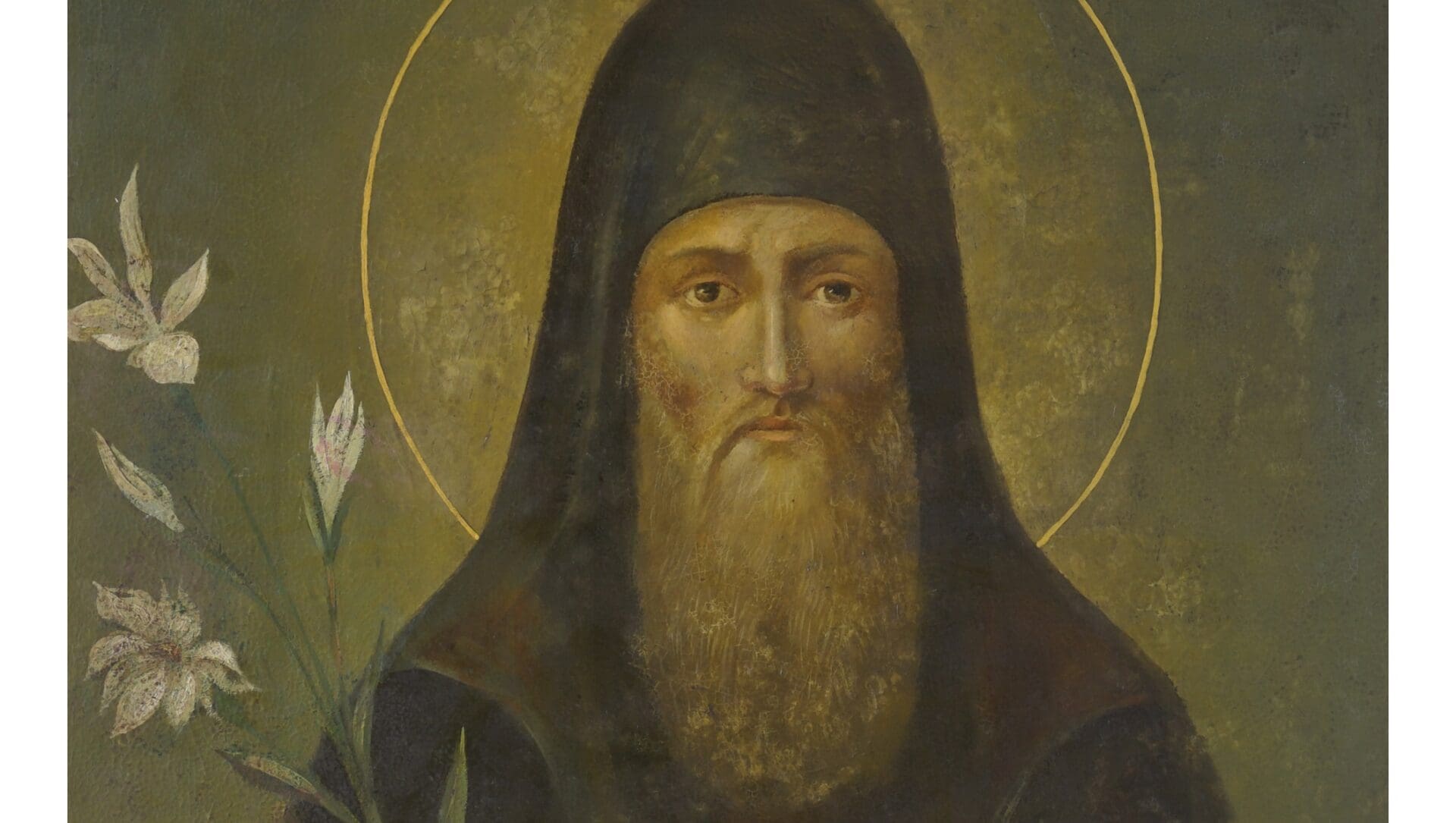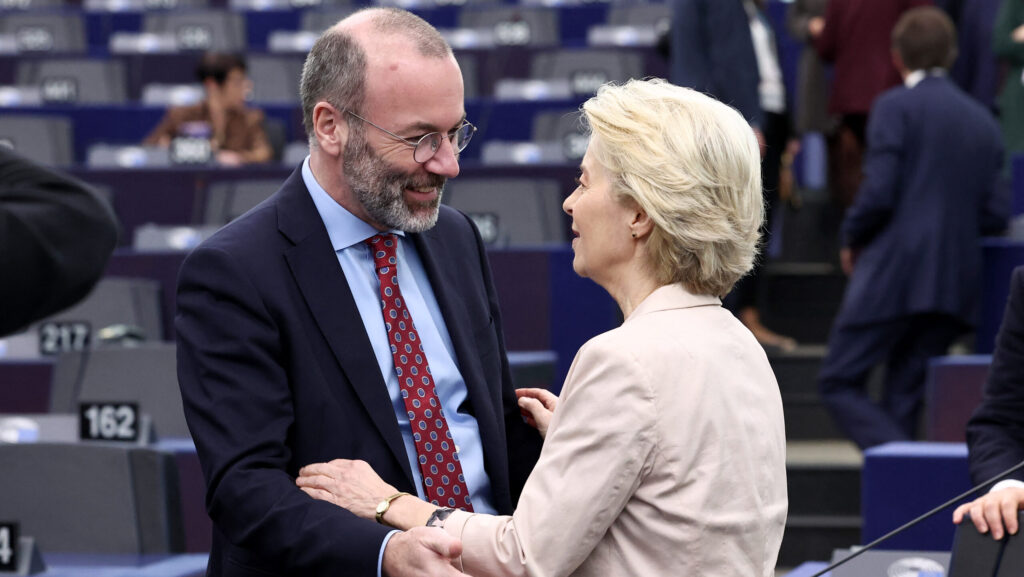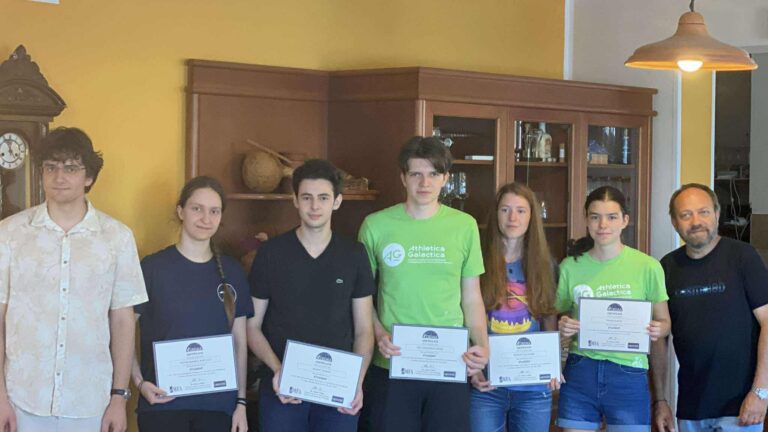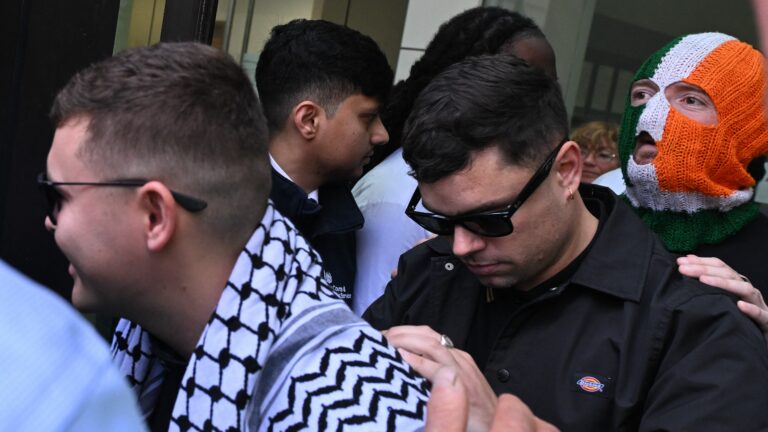Much like most other Orthodox communities all around the world that are located in countries without their own autocephalous Orthodox church, the Hungarian community is also fragmented—as we have covered in detail earlier.
The five recognized Orthodox communities in Hungary (not counting the Hungarian Coptic Orthodox Church) are the Serbian Orthodox Diocese of Buda, the Universal Patriarchate of Constantinople–Orthodox Exarchate of Hungary, the Hungarian Bulgarian Orthodox Church, the Romanian Orthodox Diocese of Hungary, and the Hungarian Diocese of the Russian Orthodox Church (Moscow Patriarchate). Albeit only less than half a percentage of the Hungarian population belongs to one of the above-mentioned Orthodox churches, all of them have a longstanding and vibrant legacy in Hungary. In fact, the Russian Orthodox Church celebrates two saints of Hungarian origin—Ephraim Novotorzhsky (Novotorzsoki Efrém) and his brother, Moses the Hungarian (Magyar Mózes).
The brothers were born in the decade when the Kingdom of Hungary was established. While, at this time, most Hungarians were pagan, Gyula, a tribal leader who ruled over Transylvania was baptized in Constantinople. Possibly through these religious connections, Moses the Hungarian, along with his brothers Ephraim and György, was sent to the Kievan Rus—alternatively, the brothers left Transylvania around 1009 when Catholic priests were sent to this region decreasing the influence of Constantinople on the newly established kingdom.[1].
After arriving in the new Eastern state, the brothers served Boris and Gleb, the Kievan princes as boyars. The brothers, especially György, established good personal relations with the princes. Soon, however,
in a tragic turn of events, Boris and Gleb were murdered by their brother, Sviatopolk the Accursed.
While Moses escaped the assassination attempt, György died defending Boris. He was beheaded for a golden necklace that was given to him by Boris as a token of his appreciation. Later, Boris and Gleb became the first saints of the freshly Christianized Kievan Rus, becoming patronage saints of plenty of monasteries and churches all across Russia. Albeit György was not canonized, due to his dedication and martyrdom alongside Boris, he is spoken of highly in a number of ancient historic chronicles.
György’s brother, Moses the Hungarian fled from the scene of the assassination and found refuge with the help of Yaroslav the Wise’s sister. He spent most of his time praying and worshipping God, until he was captured by Sviatopolk’s allies and was taken hostage to Poland.
Moses spent five years in captivity in Poland where he decided that if he was ever given freedom to return to the Rus, he would become a monk.
His dedication and vow of celibacy were challenged, however, when a Polish noblewoman fell in love with him and wanted Moses to marry her. Moses refused the advances of the noble lady, however, and remained true to his vow.
Furious that Moses the Hungarian refused her, and envious of any woman who might be loved by the good-looking Moses, the Polish noble tortured and castrated Moses. Tortured, but spiritually still ready to serve the divine with his prayers, Moses returned to Kyiv, where he spent the rest of his life as an ascetic monk in the Kyiv-Pechersk Lavra, where he is buried, which is one of the most esteemed churches of Eastern Orthodoxy. The icons depicting Moses regularly praise him for his strength to resist temptation. He is celebrated annually on 26 July by the Russian Orthodox Church since the 11th century, when he was canonized.
Moses the Hungarian’s popularity in Russian Orthodox circles is so widespread that a depiction of him can be found even in Irkutsk[2].
The third brother, Ephraim Novotorzhsky (Novotorzsoki Efrém) who was also canonized after his death, was not present when the assassination happened which led to a series of tragedies in Moses’ life. Shaken by the death of his brother and the disappearance of Moses, he gave up his noble rank and moved near the town of Novy Toryal where he established a shelter for the poor.
Once Boris and Gleb’s relics were found, Ephraim felt an urge to establish a monastery to remember the saints he knew and loved personally. The Borisoglebsky or Boris and Gleb Monastery in Torzhok (in Russia, north of Tver) which was established by Ephraim Novotorzhsky around 1038 still stands and it is one of the oldest existing Russian monasteries. Although part of the monastery was burnt down and then reconstructed, giving it a neoclassical touch in the late 18th century, the continuous existence of the church demonstrates the importance of the divine work the Hungarian-born Ephraim started. Ephraim was buried in the monastery alongside the head of his brother György that he took with him from the scene of the assassination and preserved till his last dying breath. Ephraim’s relics were found in the 16th century, and he has been celebrated as a saint since.
Related articles:
[1] István Ferencz, ’Magyar Mózes és Efrém - Az Ortodox Egyház szentjei’, (OSZK tanulmányok), 1998, https://epa.oszk.hu/00800/00861/00134/pdf/EPA00861_aetas_1998_01_067-071.pdf.
[2] György Ruzsa, ’Magyar Mózes és a vallási tisztaság kérdése’, (ELTE Vallástudomány), https://vallastudomany.elte.hu/sites/default/files/Hagion%20K%C3%B6nyvek/Hagion%204.%20Purum%20et%20immundum/165-174-PURUM-Ruzsa%20Gy.pdf








